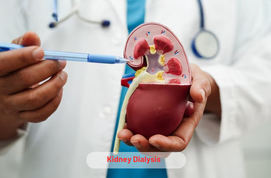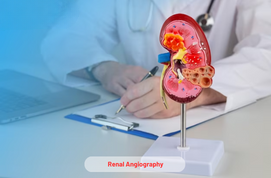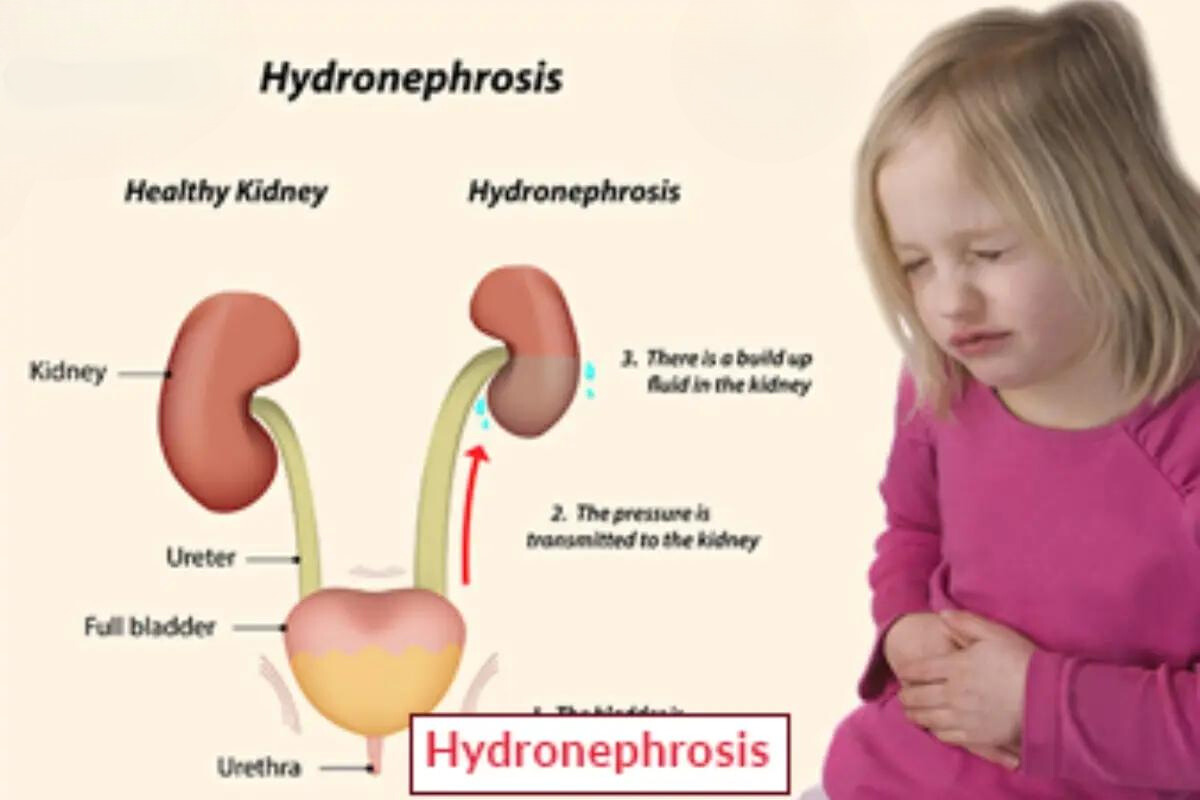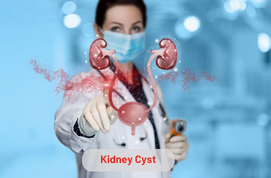Both men and women are suggested for kidney dialysis treatment when they are affected by kidney failure. This problem occurs when the kidney is unable to filter the blood properly. It can cause death and leads to nausea and vomiting, muscle cramps, etc, in individuals. This problem is dangerous and cannot be cured easily.
Kidney dialysis is a surgery in which the excess fluid and waste products are eliminated from the blood. It is a short-term treatment and less effective than kidney transplant. A doctor performs this surgery in the hospital, at home, or dialysis center. It is recommended as a renal replacement therapy for patients.
Types of Dialysis
This surgery is of two kinds. These include the following:
- Peritoneal Dialysis: In this surgery, a surgeon uses a device known as peritoneal dialysis catheter to filter the blood in the lining of the abdomen. It can be performed manually or with a cycler machine.
- Hemodialysis: A dialysis machine and a specific filter are used to clean the blood in a dialysis center. This procedure is usually performed 3 or 5 times a week.
Benefits of Kidney Dialysis Treatment
The advantages of this surgery are as follows:
- It relieves fatigue, swelling, and nausea in patients.
- The excess fluids and waste products are removed from the body to improve appetite and nutrition in individuals.
- Some health conditions, like anemia, bone disease, and high blood pressure, are minimized from this surgery.
- It lowers the symptoms of kidney failure in patients.
Risks and Complications of Kidney Dialysis Treatment
This surgery leads to different complications as other surgeries. These include the following:
- Peritonitis
- Hyperkalemia
- Hypokalemia
- Muscle cramps
- Low blood pressure
- Fluid overload
- Sepsis
- Itchy skin
- Fever
- Abdominal pain
- Nausea and vomiting
Who is Eligible for Kidney Dialysis Treatment?
Dialysis might be required in patients who suffer from kidney failure or end-stage renal disease. This problem might develop for any reason.
It is a long-term condition, which mainly happens after a severe illness or an injury. This type of problem might develop in the fifth stage of a kidney disease. In this condition, dialysis or a kidney transplant is required in some people.
Procedure of Kidney Dialysis Treatment
Before Hemodialysis
A little surgical dialysis treatment is recommended to patients before the beginning of hemodialysis surgery. They may have the following process:
- Arteriovenous Fistula: An artery and a vein are attached with an arm.
- Arteriovenous Graft: A soft, hollow tube known as graft is connected if an artery and a vein are too short.
These surgical methods are typically recommended for long-term dialysis treatment. A catheter is applicable for short-term treatment, or it may be used temporarily in patients.
During Hemodialysis
Hemodialysis surgery can be performed in two steps. These are as follows:
- Blood is removed from the needle into the arm, and it is then filtered through the hemodialyzer to remove waste from the dialysis solution. This filtered blood is returned through a different needle into the arm.
- The blood pressure is monitored from the dialysis machine, which adjusts the flow of blood from the body.
After Hemodialysis
The needles are removed, and the access areas will be cleaned. A patient can continue their normal activities.
Some side effects, such as dizziness or fainting, low blood pressure, etc, might occur after hemodialysis surgery. A patient may feel exhausted for a few hours.
Before Peritoneal Dialysis
A catheter is inserted in the abdomen, which is near a belly button. It is a soft and thin tube, which is attached with an organ carefully.
A healthcare provider will taught the following things:
- The use of dialysis equipment.
- Connection of the dialysis solution bags.
- Prevent Infections or take care of a catheter site.
During Peritoneal Dialysis
The following steps that can be performed during the surgical procedure are as follows:
- A surgeon connects the catheter with one branch of a Y-shaped tube. After that, the tube is attached to a dialysis solution-filled bag.
- The solution begins to flow into the peritoneal cavity, which empties the bag around 10 minutes.
- A Y-shaped tube is disconnected with a catheter, and a catheter’s cap is also removed.
- The waste and extra fluids are absorbed into the peritoneal cavity, and a fluid is drained into a fresh and clean bag.
- These steps should be repeated four times each day.
After Peritoneal Dialysis
A patient might experience some pain or discomfort after the surgical procedure. He or she may take medicine as recommended by a healthcare provider.
Some anaerobic exercises, like lifting heavy objects and strenuous objects, must be prohibited for an individual. The catheter site must be cleaned and dried after the surgical procedure.
Latest Health Tips
Kidney Transplant Cost in India for Qatar Patients
Kidney Transplant Cost in India for Bangladesh Patients
Kidney Transplant Cost in India for Oman Patients
Kidney Transplant Cost in India for Kuwait Patients
Kidney Transplant Cost in India for Iraq Patients
Kidney Transplant Cost in India for Bahrain Patients
Kidney Transplant Cost in Fortis Hospital Gurgaon
Top 10 Best Kidney Doctors in India
Submit Your Enquiry
Testimonials















